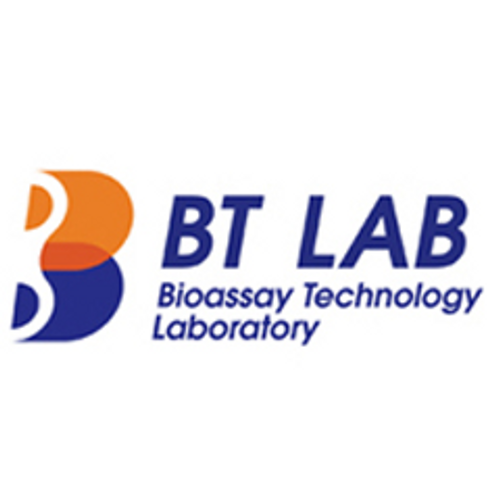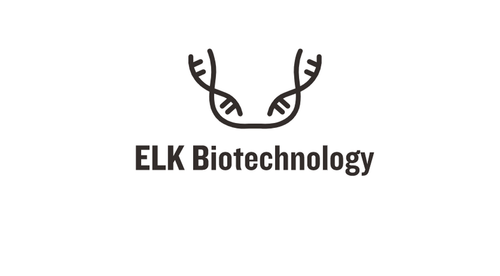Product Description
Horse Cortisol (COR) ELISA Kit | AE62930HO | Abebio
Species Reactivity: Horse (Equus caballus; Equine)
Abbreviation: COR
Alternative Name: N/A
Application: ELISA
Range: 12.35-1000 ng/mL
Sensitivity: 4.74 ng/mL
Intra-Assay: ≤5.1%
Inter-Assay: ≤7.2%
Recovery: 0, 91
Sample Type: Serum, Plasma, Other biological fluids
Detection Method: Sandwich
Analysis Method : Quantitive
Test Principale: This assay employs a two-site sandwich ELISA to quantitate COR in samples. An antibody specific for COR has been pre-coated onto a microplate. Standards and samples are pipetted into the wells and anyCOR present is bound by the immobilized antibody. After removing any unbound substances, a biotin-conjugated antibody specific for COR is added to the wells. After washing, Streptavidin conjugated Horseradish Peroxidase (HRP) is added to the wells. Following a wash to remove any unbound avidin-enzyme reagent, a substrate solution is added to the wells and color develops in proportion to the amount of COR bound in the initial step. The color development is stopped and the intensity of the color is measured.
Product Overview: Cortisol is the major glucocorticoid produced and secreted by the adrenal cortex. It affects the metabolism of protein, fat and carbohydrates; the maintenance of muscle and myocardial integrity; and the suppression of inflammatory and allergic activities. Production of cortisol from the adrenal cortex is dependent upon corticotrophin (ACTH), which is secreted by the anterior pituitary. The corticotrophin releasing factor (CRF) which regulates ACTH is secreted by the hypothalamus and is responsive to cortisol levels. Physical, psychological and surgical stress and diurnal variation will affect the rate of cortisol production. Corticosteroid-binding globulin and albumin bind approximately 90% of the cortisol secreted by the adrenal cortex. Bound cortisol circulates in an available but temporarily inactive state. The physiological activity of cortisol depends upon levels of the small fraction of circulating unbound cortisol.
Stability: The stability of ELISA kit is determined by the loss rate of activity. The loss rate of this kit is less than 5% within the expiration date under appropriate storage condition. The loss rate was determined by accelerated thermal degradation test. Keep the kit at 37°C for 4 and 7 days, and compare O.D.values of the kit kept at 37°C with that of at recommended temperature. (referring from China Biological Products Standard, which was calculated by the Arrhenius equation. For ELISA kit, 4 days storage at 37°C can be considered as 6 months at 2 - 8°C, which means 7 days at 37°C equaling 12 months at 2 - 8°C) .
 Euro
Euro
 USD
USD
 British Pound
British Pound
 NULL
NULL












